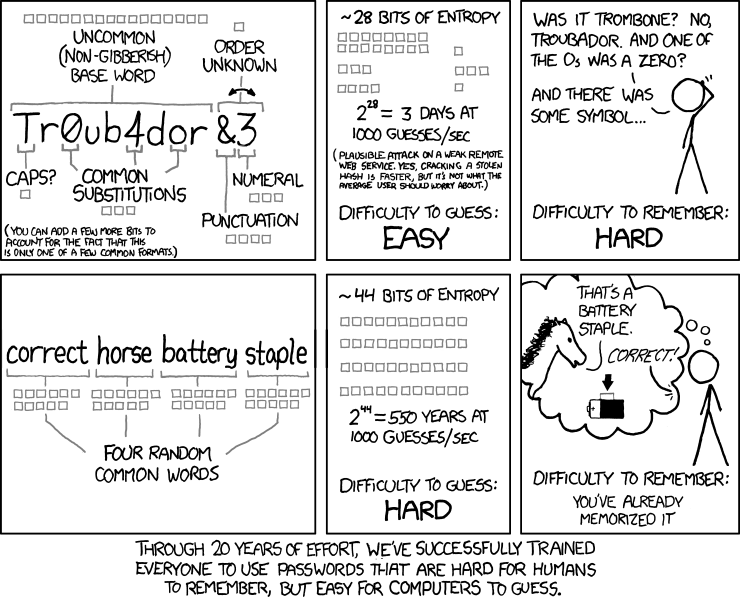About nearly a year ago, I wrote the labSentinel project for my Nvidia Jetson AI Specialist certification. The basic idea of the project is to be able to supervise old Lab Equipment which does not poses any kind of log output or interface other than a graphical user interface, running on an Windows 3.11 / 95 / NT - maybe even XP system. I solved this issue by using a video grabber attached to a Jetson Nano and "out-of-band" grabbing the screen output of the experiment computer. I then learned good and bad system states via Nvidias Inference tools and finally got the system to report via MQTT as soon as something did go wrong. (As a "test system" I designed a flashy GUI application to try to mimic the old interfaces - specifically thinking about a lab power supply with multiple outputs - and the ability to simulate errors.)(https://developer.nvidia.com/embedded/community/jetson-projects#labsentinel / https://github.com/nmaas87/labsentinel)
While the project did work, there was still a lot left to be desired:
- The system did capture the complete screen in full size. Running inference on a 1024x768 or even higher resolution picture is not efficient and has a high failure rate.
- Training, testing and improving the model was time consuming and did not yield the precision and results I was hoping for.
- The system could differentiate between "good" and "error" states - however if an error occurred, I would have loved to get more information - "reading the GUI" and its output. For example in the lab power supply use case, getting the specific voltages of the different lines to see which line failed or what is wrong - maybe even with the possibility to cross check if the detected error is an error in the first place
- While the Nvidia Jetson Nano Development Board is an awesome tool for development, it is not hardend enough / suited for a lab or even factory floor environment.
These were all points I wanted to address, but as time was lacking - I did not take up the project again - until the start of this year Advantech and Edge Impulse started their Advantech Edge AI Challenge 2022. They wanted to know about specific use cases and how to solve them with factory hardend Jetson products (e.g. Advantechs AIR-020 series) and Edge Impulse Studio.
Well, that reminded me of the first labSentinel - and I thought I'd give it a try. As luck would have it, I actually was one of the two lucky guys who were picked to be able to realize their project. Advantech sent me one of their AIR-020X boards (review is here :)) and I was good to go:
Let me introduce you to labSentinel 2:
Build from the ground up, it does solve the above mentioned issues:
- The actually GUI window is found and extracted from the "full size Desktop screenshots" via OpenCV 2 - and resized to 320x320 pixels to neatly fit the inference model
- All model training, testing and optimization is done with Edge Impulse, which makes handling a breeze
- If an error is detected and included OCR module using tesseract can extract text from predesignated / labeled areas on the non-resized GUI and sent this information along with the MQTT alert
- The AIR-020X board is more than robust enough for all normal lab and factory floors
All source code is freely available with a demo project and documentation on Github ( https://github.com/nmaas87/labSentinel2 ) and also a video instruction on how to use it ( https://youtu.be/KEN_HT20exs )
Thanks again to Gary Lin (Advantech) as well as Louis Moreau and David Tischler (Edge Impulse) for their support :)!
Update: I added a Review to the Advantech AIR-020X and got balenaOS working on it.





